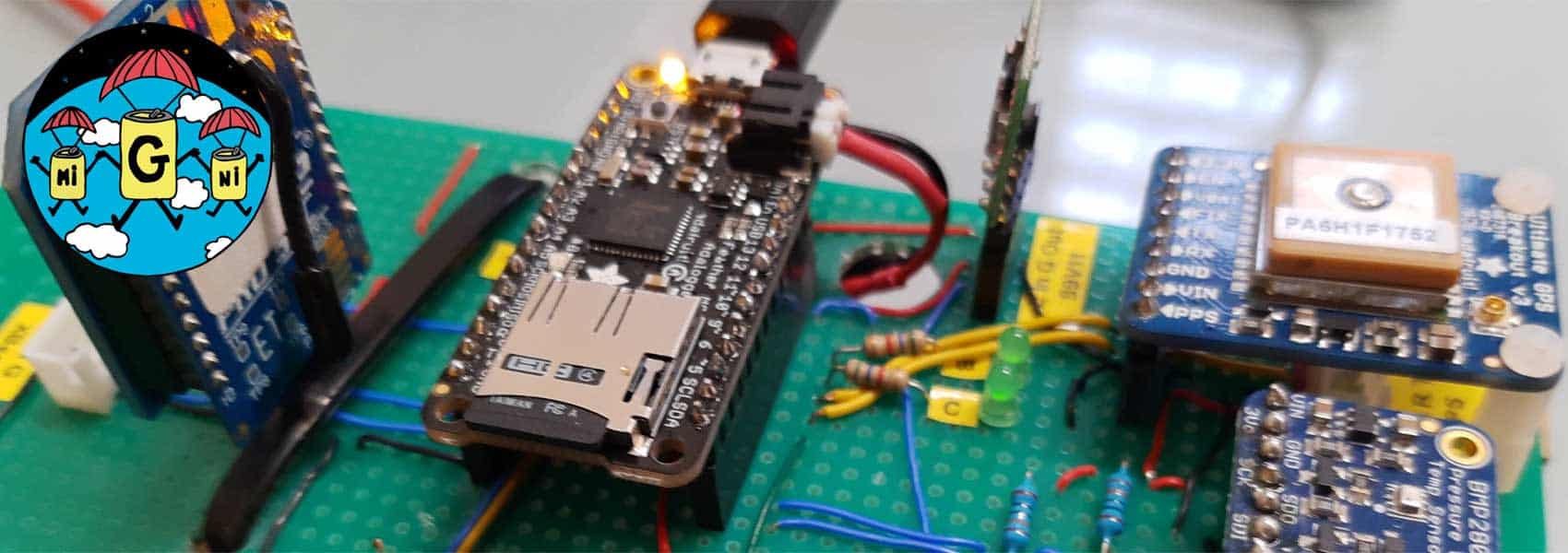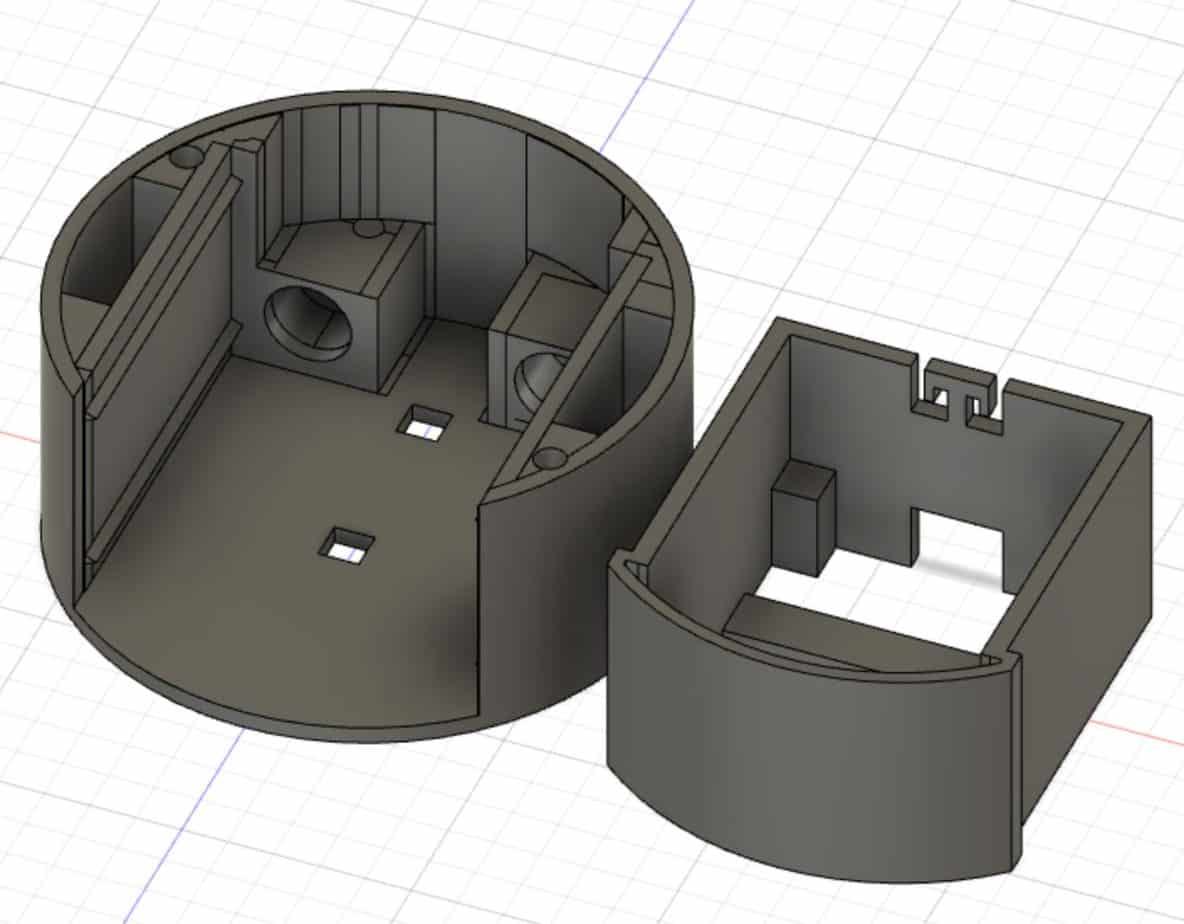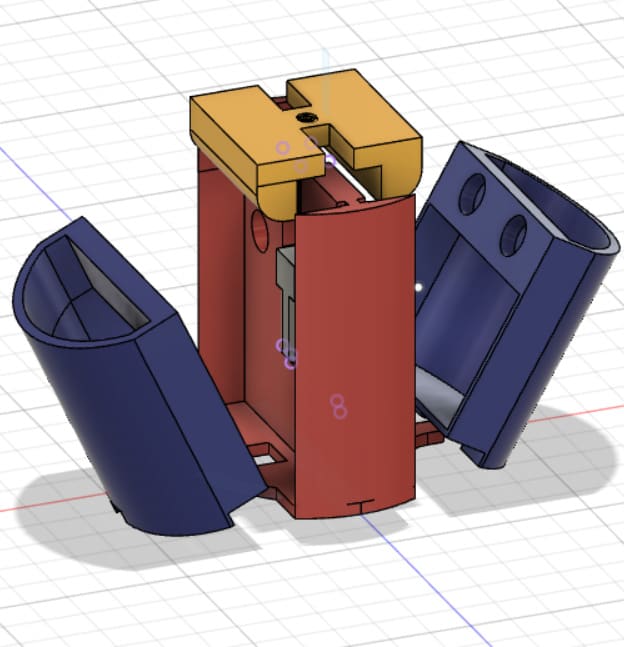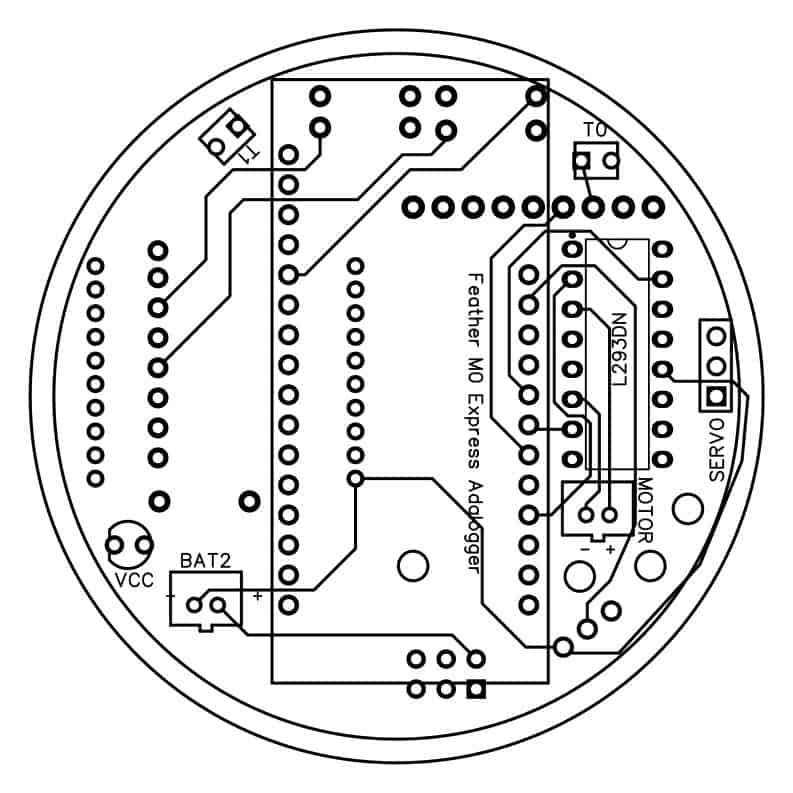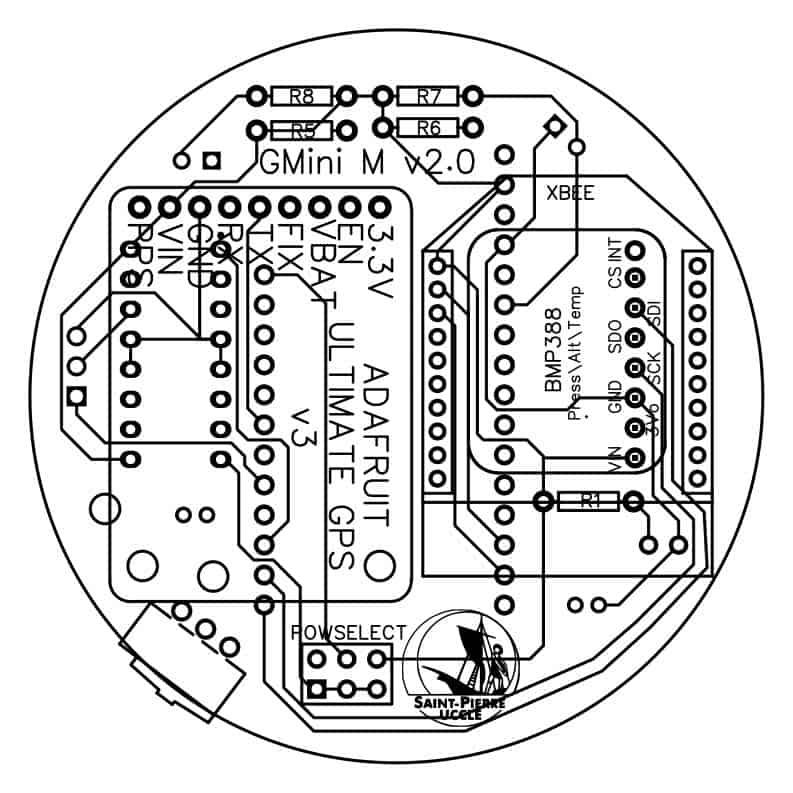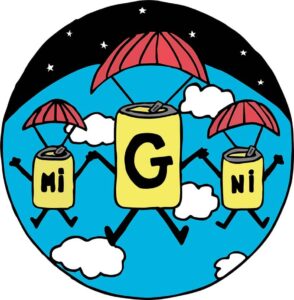G-Mini – Ejecting Sub-Cans to collect more Data
College Saint Pierre is back and ready for its 4th year participating in the Cansat competition with Student Team G-Mini. The competition is organized by the Walloon Region (SPW EER) and the Brussels-Capital Region (INNOVIRIS), with the support of ESERO Belgium. The goal of this competition is to send a 33cl can-shaped satellite to an altitude of about 1000 m to collect various data samples (atmospheric pressure, temperature, velocity, etc.) during its descent. All the teams have the same primary mission which involves collecting a basic dataset during the flight that lasts approximately 120 seconds. The competition is a 3-stage national selection process. 24 teams will earn their place on the launching rocket, the last selection stage. The winning team is selected to participate in the international European final. In addition to the primary mission, each team has to create and decide on an achievable secondary mission. Last year, the mission was to observe how different shaped parachutes affect the descent of the Cansat, by making a parachute that would change its shape midflight. This year, we will be ejecting two “sub-cans” from our main can, which will enable us to have a larger surface area of data collection. Each sub-can will maintain a radio link both with the main can (which takes care of on-board storage) and with the ground station, for real-time data collection. This secondary mission is particularly challenging since 4 different “systems” will need to communicate flawlessly for the data collection to be optimal.
Who are we?
We are the “G-mini” team, gemini like the zodiac sign. It’s a reference to our secondary mission. Our core team consists of 6 driven students between the ages of 15 and 17 years old who are aided by several other students who contribute to the project throughout the whole school year.
Regarding our secondary mission, we have 2 different ejection systems that are developed side by side. Soon, we will decide which of the two systems will be the best system for the competition. Both their designs are progressing swimmingly. One of them, called the “Drawer System” (see image 2) will eject the “sub-cans” in a horizontal manner and the 2 subcans will be shaped like drawers. The second ejection system called the “Tilting System”, consists of ejecting the subcans vertically (see image 2).
How we use PCBs for our project?
Since our can needs 3 independent systems to fit in a very limited volume, PCBs are essential to reach the required compacity. The PCBs are placed in both the main can and the sub cans. We really enjoyed designing the layout of all the different components we need to fit on the PBC’s (a.o. a pressure sensor, an Adafruit Feather board, a radio module, a GPS, a thermistor, etc.). See below the pictures of our different layouts for the main can (image 3 and 4) and for the subcans (image 5). Assembling the circuits on the PCB’s was somewhat of a challenge for us because if the components are badly soldered, it could break during the launch. Therefore, we are extra careful during this phase.
We are very grateful to Eurocircuits for supporting our project and for their supply of their high-quality printed circuit boards and for their service overall. It is a pleasure working with them and we really measure the chance we have to work with such high-end tools.

